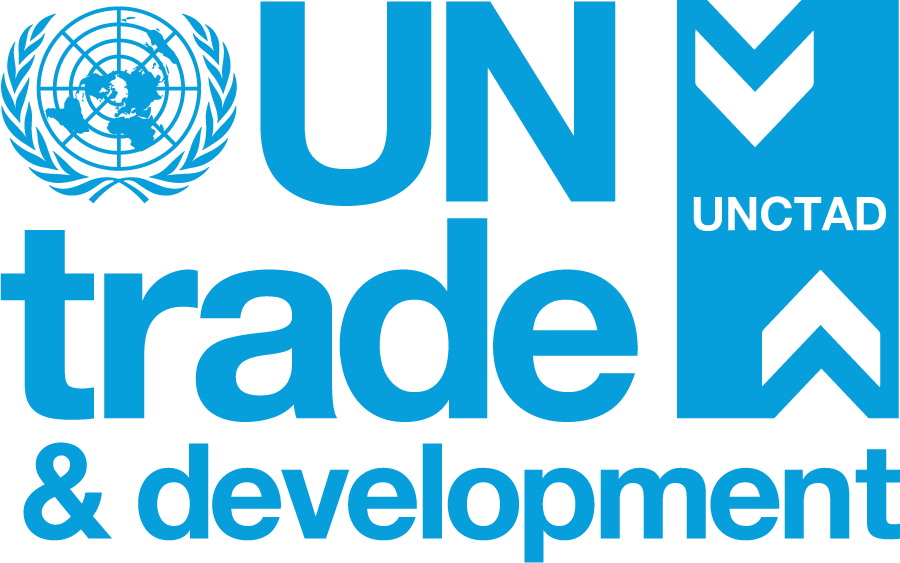Stark contrasts in inclusive growth – progress towards equal opportunities needed everywhere
IGI overall and category scores, 2023
UN Trade and Development, UNCTADstat.
Top two performing economies in each category are shown in the default selection.
For nearly 80 years, gross domestic product (GDP) has been the go-to measure of prosperity. But higher economic output doesn’t guarantee shared benefits or sustainable growth.
Inclusive growth index (IGI) provides insights about the economy performance regarding gender equality, living conditions or environmental sustainability as compared to economic development. The IGI summarizes 27 indicators organized in four categories into a single indicator, thereby offering a multidimensional perspective on growth that goes beyond traditional economic metrics. The current edition of IGI covers 134 economies representing 95% of the world’s population and 97% of global GDP.
